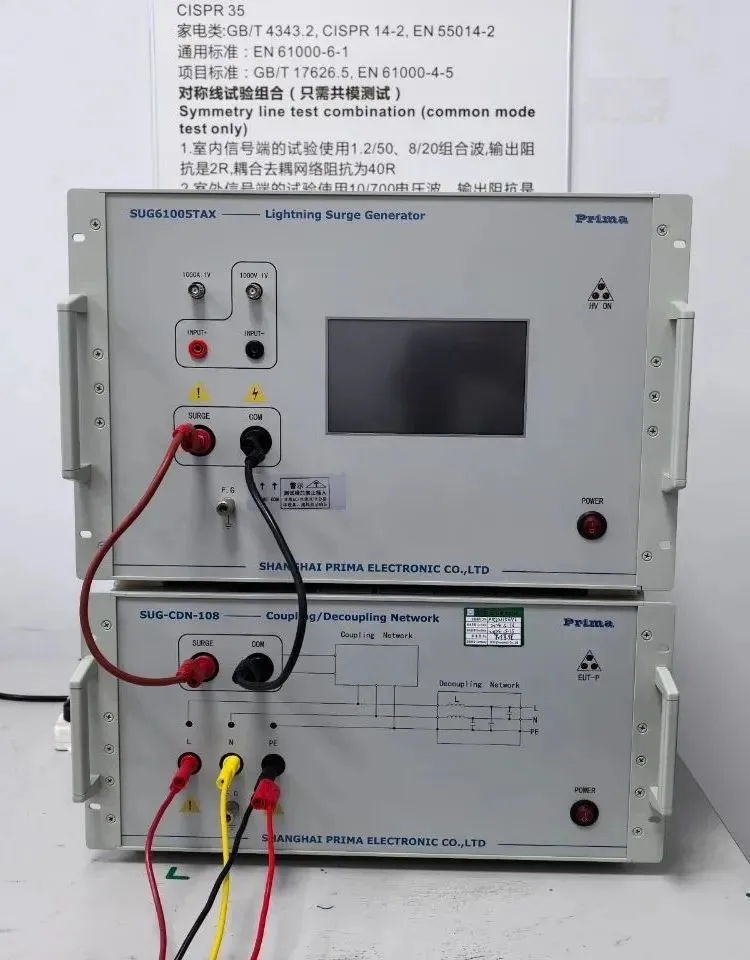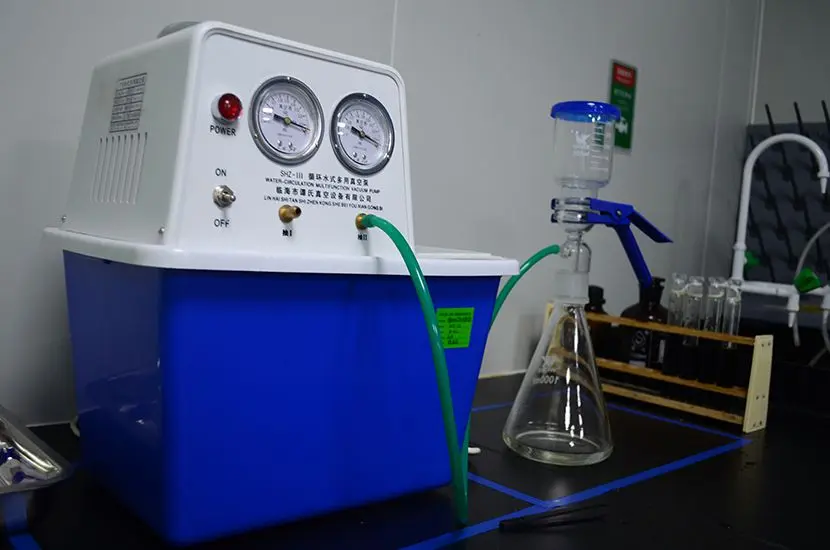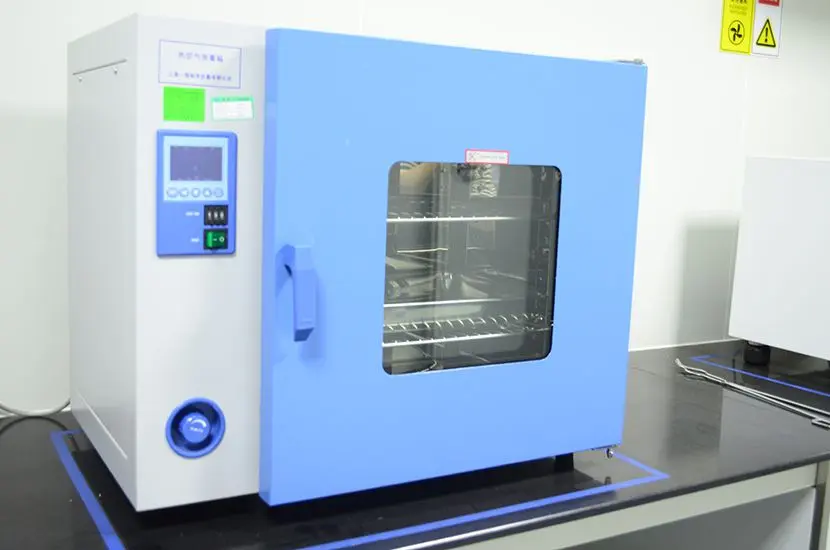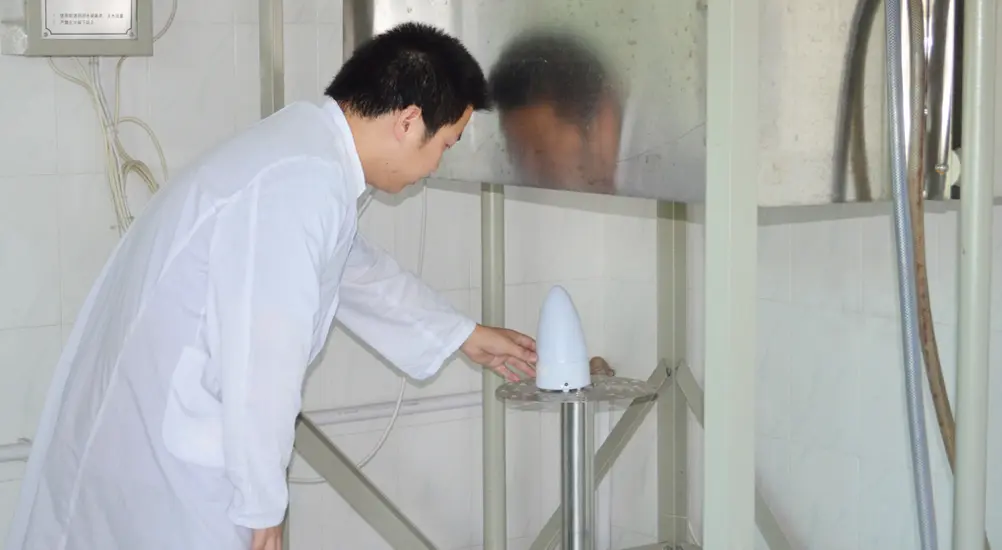
MSDS Compliance and Cargo Transport Certification Report
In international trade, particULarly when dealing with hazardous goods like cheMICals, powders, liquids, and lithium batteries, exporting often requires an MSDS Report and a Cargo Transport Certification Report. What exactly are these two reports, and how do they differ?
What is MSDS?
MSDS (Material Safety Data Sheet) is a comprehensive legal document provided by chemical manufacturers or suppliers, detailing the characteristics of chemicals (e.g., pH value, flammability) and potential health hazards (e.g., carcinogenicity, teratogenicity).
In simple terms, an MSDS serves as the "ID card" for a chemical product.
The 16 Sections of an MSDS
An MSDS typically includes the following mandatory information:
1. Product and company identification
2. Composition/information on ingREDients
3. Hazard identification
4. First-aid measures
5. Fire-fighting measures
6. Accidental release measures
7. Handling and storage
8. Exposure control/personal protection
9. Physical and chemical properties
10. Stability and reactivity
11. Toxicological information
12. Ecological information
13. Disposal considerations
14. Transport information
15. Regulatory information
16. Other information
Information Required to Apply for an MSDS
1. Applicant or company name, address, and contact details
2. Product name, model, properties, and intended use
3. Export destination
4. Chemical composition and proportions (with CAS numbers)
5. Physical properties of the product
Review Process and Key Considerations
1. Validity: Msds reports are valid for 3 years from the issuance date.
2. Completeness: All 16 sections must be completed in detail.
3. Hazard Identification: If Section 14 includes a UN number and CLASS, the product is classified as hazardous.
4. Name Consistency: The producer's name on the MSDS must match the name on the Cargo Transport Certification. If they differ, an explanation is required to clarify the relationship.
What is a Cargo Transport Certification Report?
A Cargo Transport Certification Report evaluates the safety of goods during transportation (by air, sea, road, or rail).
Regulatory Basis:
- Recommendations on the Transport of Dangerous Goods (Orange Book)
- Dangerous Goods Regulations (IATA DGR)
- International Maritime Dangerous Goods Code (IMDG Code)
- Railway Dangerous Goods List
- National Standards for Dangerous Goods List
Differences Between MSDS and Cargo Transport Certification Reports
1. Purpose
- MSDS: Describes safe handling, storage, and usage of chemicals, providing detailed safety and chemical characteristics.
- Cargo Transport Certification Report: Assesses the safety of goods during transportation and ensures compliance with transportation regulations.
2. Content
- MSDS: Includes chemical composition, physical/chemical properties, hazard information, and emergency measures.
- Cargo Transport Certification Report: Focuses on the safety and compliance of goods under different transport modes.
3. Use Cases
- MSDS: Required for production, sales, usage, and storage of chemicals.
- Cargo Transport Certification Report: Needed during the transportation phase, particularly for international shipping.
Products Requiring MSDS and Cargo Transport Certification Reports
1. Powders: Pharmaceuticals, chemicals, pesticides, plant extracts, metal powders, etc.
2. Liquids: Pharmaceuticals, chemicals, alcohol, fuel, lubricants, detergents, cosmetics, perfumes, organic solvents, etc.
3. Batteries: Lithium batteries, NiMH batteries, NiCd batteries, lead-acid batteries, button batteries, fuel cells, dry batteries, etc.
4. Magnetic Items: Speakers, magnets, motors, amplifiers, and other magnetic devices or equipment.
MSDS and Cargo Transport Certification Reports play crucial roles in international trade:
- MSDS ensures the safe handling and use of chemicals.
- Cargo Transport Certification Report ensures the safety of goods during transportation.
Understanding and obtaining these reports correctly will help ensure smooth export processes and prevent unnecessary issues in international shipping and sales.
Email:hello@jjrlab.com
Write your message here and send it to us
 What Are the Testing Items of California Propositi
What Are the Testing Items of California Propositi
 E-Cigarette EU TPD Testing
E-Cigarette EU TPD Testing
 Testing Certification for E-cigarettes Exported to
Testing Certification for E-cigarettes Exported to
 What is Amazon US CPC Certification?
What is Amazon US CPC Certification?
 UK Toy Safety Regulation Standard EN 71-13
UK Toy Safety Regulation Standard EN 71-13
 What is EU UFI Registration?
What is EU UFI Registration?
 EU UFI Registration for E-cigarette E-liquid
EU UFI Registration for E-cigarette E-liquid
 How to get the MSDS Report for Electronic Cigarett
How to get the MSDS Report for Electronic Cigarett
Leave us a message
24-hour online customer service at any time to respond, so that you worry!




